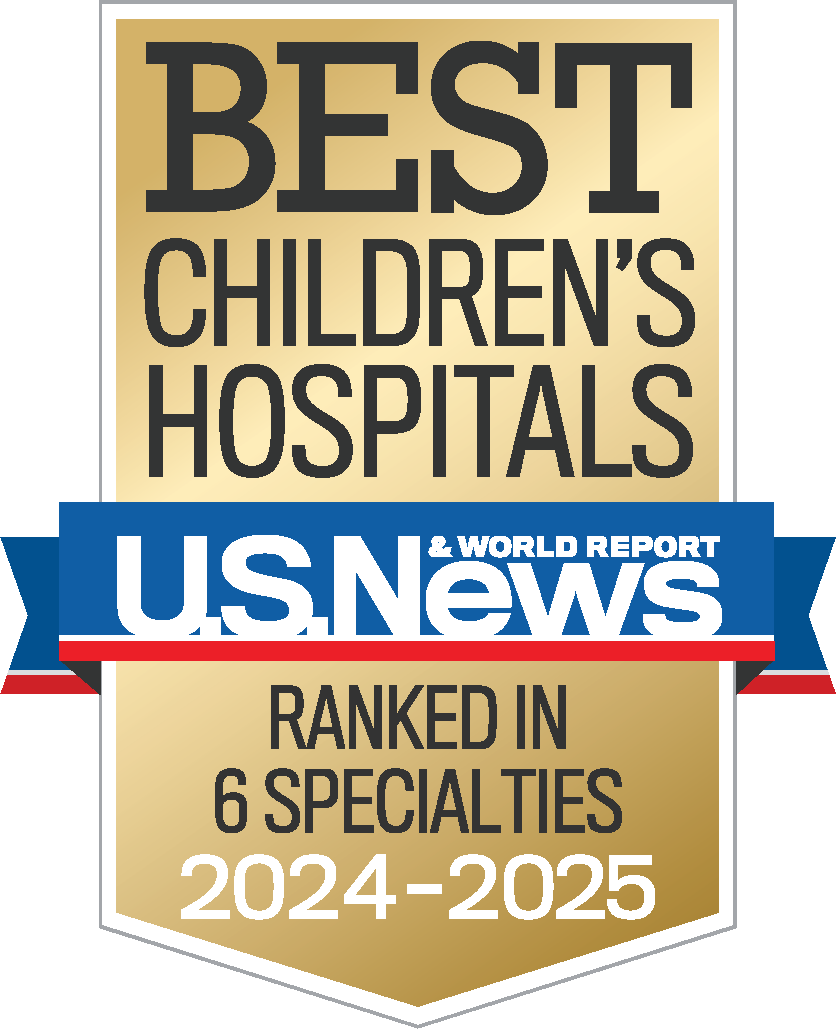Research
Daniel Feig, MD, PhD, MS
Dr. Feig's research interest is in understanding the early physiology of essential hypertension. He directs laboratory, clinical physiology, and clinical trial projects directed at elucidating the early steps from high normal blood pressure to overt hypertension with the goal of developing strategies for the primary prevention of essential hypertension.
One of Dr. Feig's long-standing interests is in the role of elevated uric acid in inducing hypertension through damage to the afferent arteriole of the kidney, renal parenchymal inflammation and endothelial dysfunction. These three pathways are central to the initiation and maintenance of hypertension. Animal model data indicate that elevated uric acid causes increased blood pressure through a reversible vasoconstrictive mechanism but over time leads to renovascular alterations that cause an irreversible salt sensitive hypertension. Children with early onset essential hypertension appear to follow a similar pattern and preliminary results suggest medications that lower uric acid ameliorate this process. Current projects are directed at the further elucidation of uric acid mediated vasoconstriction and arteriolosclerosis in human systems and attenuation of early hypertensive changes in obese adolescents.
Dr. Feig is actively involved in projects designed to improve therapy for hypertension in children, including several multi-center pharmaceutical trials as well as the design of optimal dietary and exercise therapy for the management of obesity related hypertension.
Selected publications:
- Podoll A., Grenier M, Croix B and Feig DI. Inaccuracy in pediatric outpatient BP measurement. Pediatrics, 2007, 119(3):e538-543.
- Feig DI, Soletsky B. and Johnson, RJ. Allopurinol for the treatment of childhood essential hypertension: A randomized, double blinded, placebo controlled crossover trial. JAMA 2008, 300:924-932.
- Feig, DI, Kang DH and Johnson RJ. Is uric acid a true cardiovascular risk factor? New Engl J Med. 2008, 359(17):1811-1821.
- Swartz SM, Srivaths P, Croix, B and Feig DI. The cost effectiveness of ambulatory blood pressure monitoring in the evaluation of hypertensive children. Pediatrics. 2008;122(6):1177-81.
- Feig DI. Sugar-sweetened beverages and hypertension. Future Cardiol. 2010 Nov;6(6):773-6.
- Thomas CA, Moffett BS, Wagner JL, Mott AR, Feig DI. Safety and efficacy of intravenous labetalol for hypertensive crisis in infants and small children. Pediatr Crit Care Med. 2011 Jan;12(1):28-32.
David Askenazi, MD, MsPH
Dr. Askenazi is dedicated to improving outcomes in neonates at risk for AKI. Recently in a prospective 18 month study at UAB, he has shown that AKI is common and is independently associated with mortality. His team has also shown that urine biomarkers can predict AKI and mortality in premature infants. He is currently working to study the epidemiology and urine biomarkers of AKI in term newborns and is exploring the role of heme-oxygenase-1 in neonatal AKI. Other current interests include: a protocol to reduce fluid overload and length of ventilator support in children undergoing cardiopulmonary bypass, epidemiology of AKI in children after bone marrow transplant, and prevention of AKI in hospitalized children with cystic fibrosis.
Selected Publications:
- Koralkar R, Ambalavanan N, Levitan EB, McGwin G, Goldstein S, Askenazi D. Acute kidney injury reduces survival in very low birth weight infants. Pediatr Res. 2011 Apr;69(4):354-8.\
- Askenazi DJ, Koralkar R, Levitan EB, Goldstein SL, Devarajan P, Khandrika S, Mehta RL, Ambalavanan N. Baseline Values of Candidate Urine Acute Kidney Injury (AKI) Biomarkers Vary by Gestational Age in Premature Infants. Pediatr Res. 2011 Jun 3.
- Askenazi D. Evaluation and management of critically ill children with acute kidney injury. Curr Opin Pediatr. 2011 Apr;23(2):201-7.
- Askenazi DJ, Ambalavanan N, Hamilton K, Cutter G, Laney D, Kaslow R, Georgeson K, Barnhart DC, Dimmitt RA. Acute kidney injury and renal replacement therapy independently predict mortality in neonatal and pediatric noncardiac patients on extracorporeal membrane oxygenation. Pediatr Crit Care Med. 2011 Jan;12(1):e1-6.
- Askenazi DJ, Griffin R, McGwin G, Carlo W, Ambalavanan N. Acute kidney injury is independently associated with mortality in very low birthweight infants: a matched case-control analysis. Pediatr Nephrol. 2009 May;24(5):991-7.
- Askenazi DJ, Ambalavanan N, Goldstein SL. Acute kidney injury in critically ill newborns: what do we know? What do we need to learn? Pediatr Nephrol. 2009 Feb;24(2):265-74.
- Askenazi DJ, Feig DI, Graham NM, Hui-Stickle S, Goldstein SL. 3-5 year longitudinal follow-up of pediatric patients after acute renal failure. Kidney Int. 2006;69(1):184-9.
Sahar Fathallah-Shaykh, MD
Dr. Fathallah is interested in chronic kidney disease and dialysis in children. She has studied changes in blood viscosity in dialysis patients. She is currently the Medical Director of the dialysis unit at Children's of Alabama. She is the center principal investigator for the Chronic Kidney Disease in Children (CKiD) study, the largest NIH-funded North American multi-center study of pediatric chronic kidney disease. She is involved in multi-center pharmaceutical trials on the pharmacokinetic and pharmacodynamics of medications used in patients on dialysis or with chronic kidney disease.
Selected publications:
- Fathallah-Shaykh S, Brooks E, Langman C, Kensey K, Hogenauer W. Sodium Modeling attenuates rises in whole blood viscosity during chronic hemodialysis in children. Ped Nephrol 21(8):1179-84, 2006.
- Brooks E, Fathallah-Shaykh S, Langman C, Wolf K, Price H. Bioelectric Impedance Predicts Total Body Water, Blood Pressure, and Heart Rate, During Hemodialysis (HD) in Children and Adolescents. J Ren Nutr 18(3):304-11, 2008.
- Haas M, Rahman MH, Cohn RA, Fathallah-Shaykh S, Ansari A, Bartosh SM. IgA Nephropathy in children and adults: comparison of histologic features and clinical outcomes. Nephrol Dial Transplant 2008 Aug; 23(8):2537-45.
Michael Seifert, MD, MSCI
Dr. Seifert is interested in the role of endothelial health and dysfunction in chronic allograft injury and fibrosis; biomarkers associated with cardio-renal disease in native and transplant CKD; early determinants of long-term outcomes in pediatric kidney transplantation.




